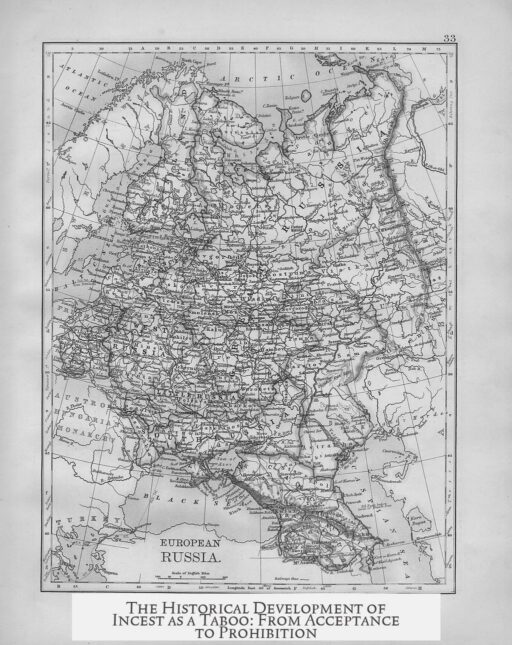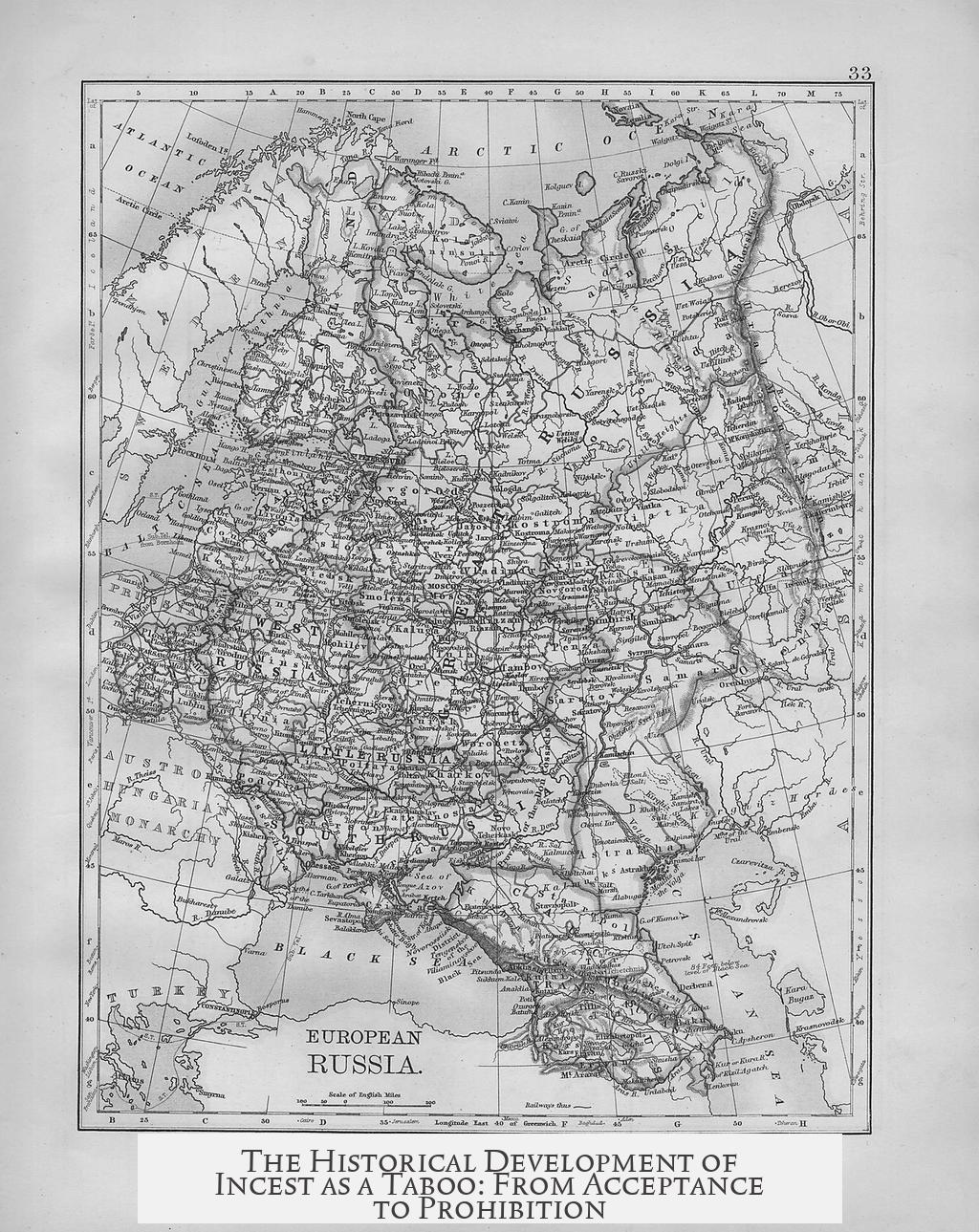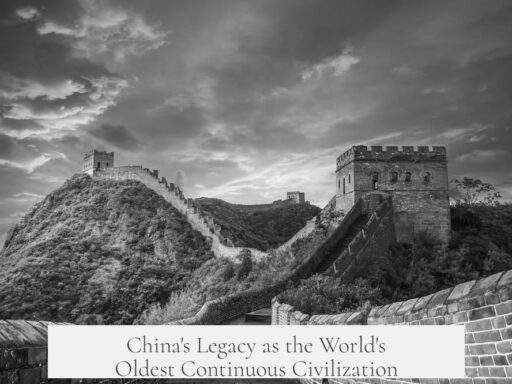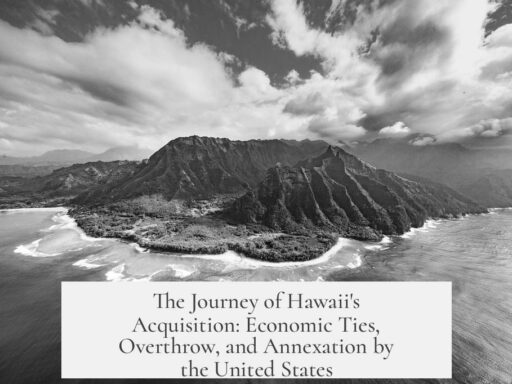Incest has not always been taboo in all societies, but the widespread and near-universal prohibition against it today is rooted primarily in biological, psychological, and social factors rather than solely cultural ones. The incest taboo is one of the few near-universal social prohibitions, though definitions and specifics vary across cultures and history.
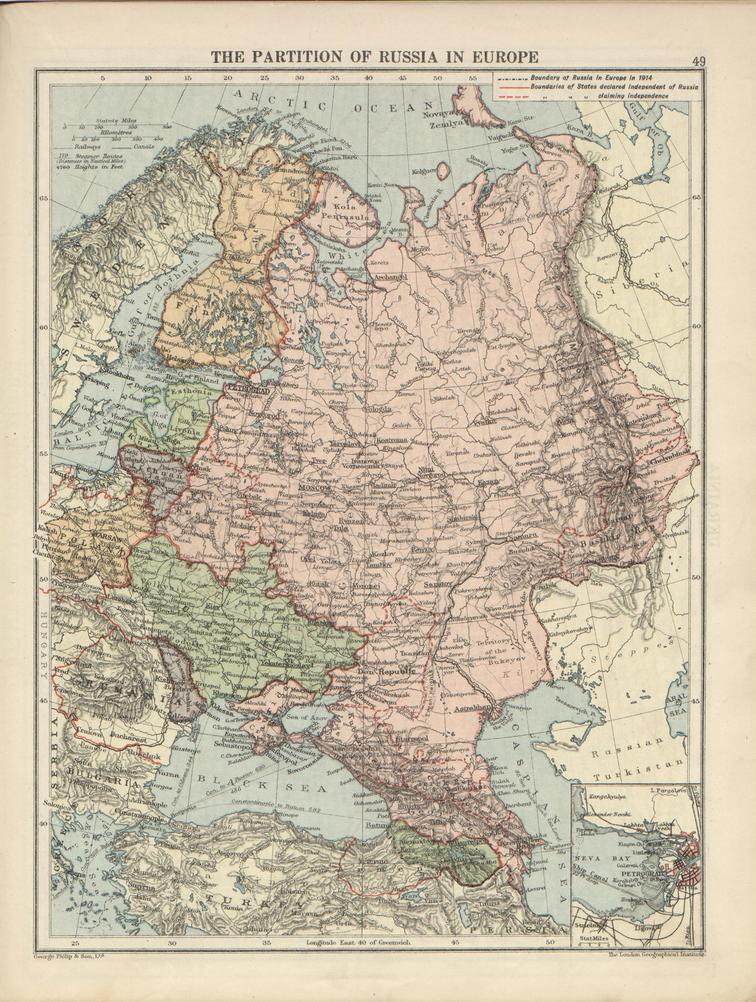
The origins of incest as a taboo spark debate between biological and cultural explanations. Anthropologist Claude Lévi-Strauss argued that incest prohibitions arise from cultural needs, specifically to promote exogamy (marriage outside the family) and thus build broader social alliances. However, modern scholarship leans more heavily toward a biological and evolutionary basis, notably supported by the Westermarck hypothesis.
The Westermarck hypothesis proposes an innate psychological mechanism that suppresses sexual attraction among individuals living in close proximity during early childhood. This reduced attraction likely evolved to avoid inbreeding, which can increase the likelihood of deleterious recessive genes manifesting and reduce population fitness.
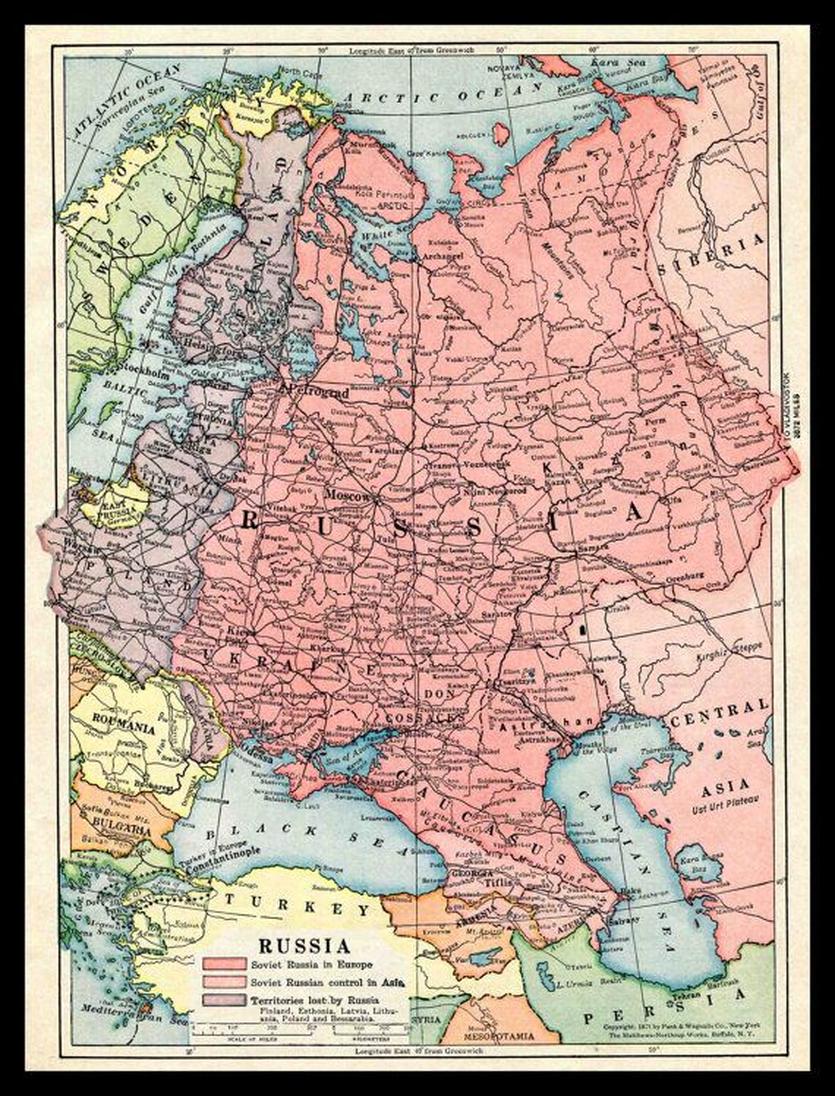
| Reason | Explanation |
|---|---|
| Inbreeding risks | Inbreeding heightens chances of genetic abnormalities and lowers fitness. |
| Psychological mechanism | Evolution developed reduced sexual attraction to close kin to prevent such risks. |
This biological origin is emphasized by several lines of evidence. The incest taboo is found, with rare exceptions, in virtually every society, indicating a universal human trait. Exceptions mainly occur in specific elite groups, such as Inca emperors who were required to marry sisters to preserve dynastic purity.
Further support comes from “reunion” and “misfiring” cases of the Westermarck effect:
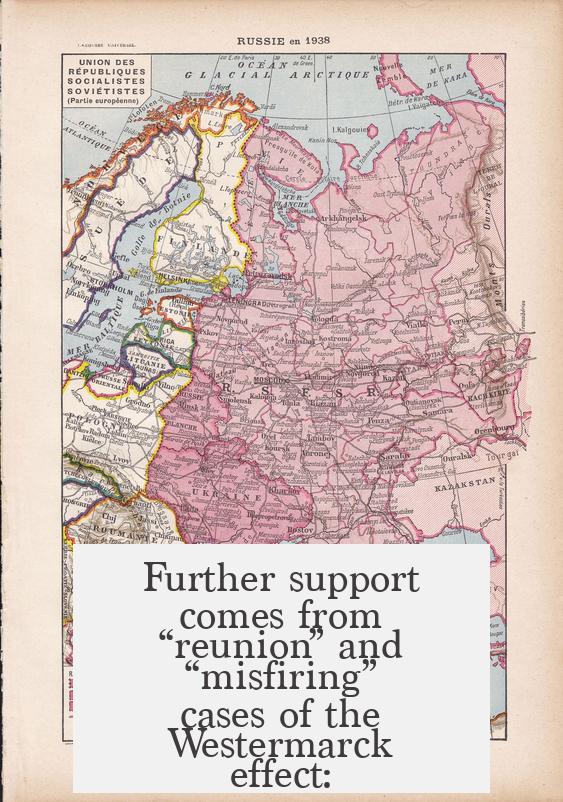
- Relatives separated in early childhood and reunited as adults may feel sexual attraction (termed “genetic sexual attraction”). This suggests the taboo depends on early-life proximity, not cultural awareness alone.
- Non-related children brought up together, such as in Israeli kibbutzim or Taiwanese shim-pua marriages (early betrothals), show little to no sexual interest despite no blood relation, revealing how proximity suppresses attraction.
Historically, clear arguments for or against incest have been rare. The predominant public stance in most cultures has been an unambiguous “no,” often without detailed justification. The instinctive revulsion and social condemnation appear innate. Modern scientific reasoning that highlights genetic risks offers a rational explanation but appears relatively recent historically and was not the origin of the taboo.
In some historical contexts, incest accusations carried a powerful social stigma. For instance, accusations against European royalty during the 18th century—like those directed at Marie Antoinette—were among the most defamatory charges. Such accusations shocked public sensibilities, underlining how deeply taboo incest was regarded socially.
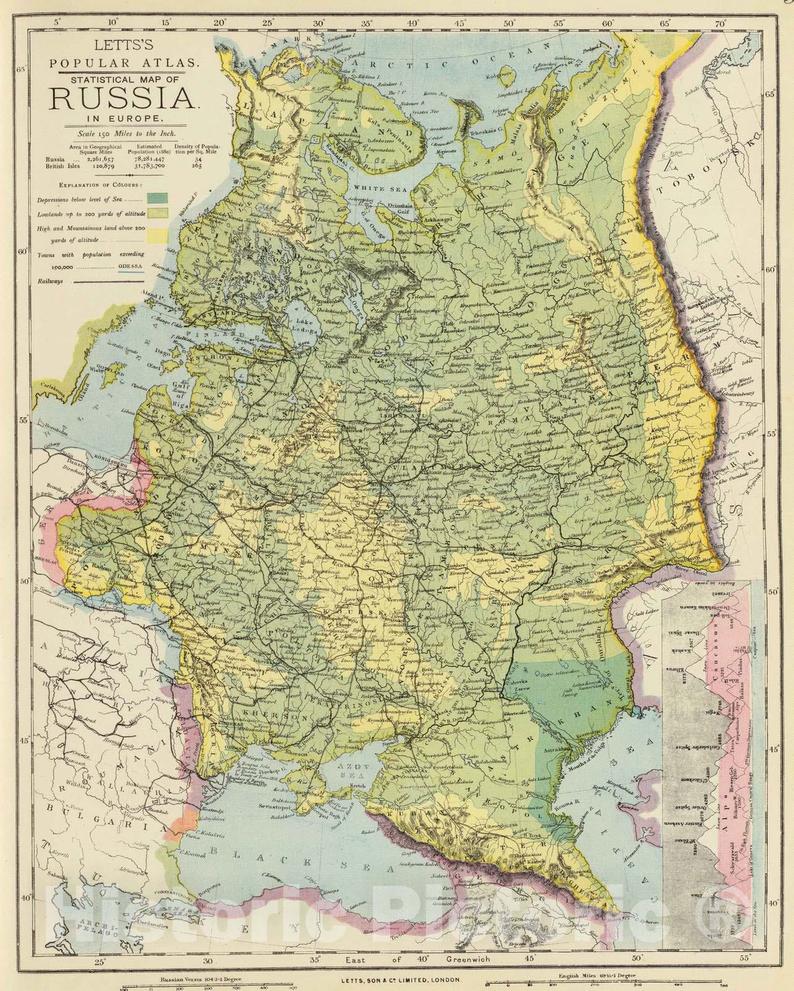
Lévi-Strauss theorized that the emergence of culture itself may have started from prohibitions on incest, which forced societies to seek marital partners outside their kin group and thus created social networks and alliances. This anthropological view stresses the cultural consequences of incest prohibition rather than its biological roots.
The strongest exceptions in history tend to occur among royal families or ruling elites who practiced close-kin marriages to consolidate power and wealth. The Inca emperors’ sibling marriages are a prominent example. These exceptions represent a cultural override of biological instincts backed by strong political and economic incentives.
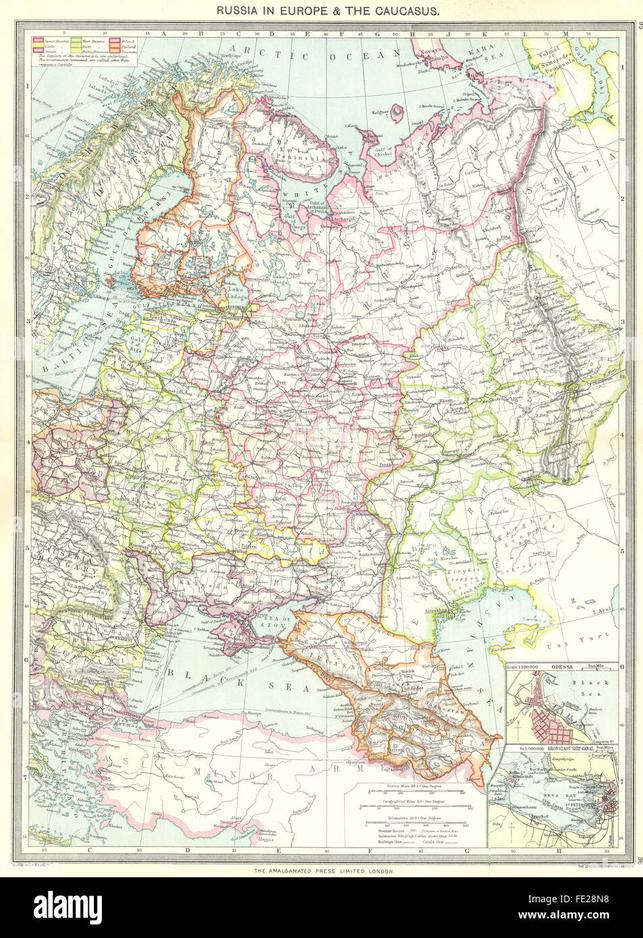
| Aspect | Details |
|---|---|
| Universality | Near-universal taboo across varied cultures and historical periods. |
| Biological basis | Westermarck effect explains reduced attraction due to early co-residence. |
| Scientific reasoning | Inbreeding risks discovered in modern genetics but taboo predates this knowledge. |
| Historical exceptions | Elite groups like Inca royalty sometimes practiced incest to preserve power. |
| Cultural theories | Lévi-Strauss highlighted incest taboo’s role in social alliance formation. |
In summary, the incest taboo today stands on strong biological foundations reinforced by evolved psychological mechanisms. Though cultural factors shape specific rules and exceptions, the instinctive aversion to incest is deeply rooted in human nature. Arguments historically focused on social “forbidden-ness,” with modern science providing the rationale for these prohibitions by revealing the genetic harms of inbreeding. Exceptional cases mainly reflect powerful socio-political motives overriding natural repulsion.
- Near-universal incest taboo arises primarily from biological evolution, particularly the Westermarck effect.
- Inbreeding poses genetic risks, explaining psychological aversion to mating with close kin.
- Cultural theories, such as Lévi-Strauss’s alliance model, emphasize social formation through exogamy.
- Historical debates rarely featured coherent arguments “for” incest outside elite exceptions.
- Historic stigma against incest-related accusations reflects powerful social condemnation.
- Exceptions like Inca royal sibling marriages show cultural overrides of the biological taboo.
The Historical Origins of Incest as a Taboo: Unraveling the Roots of the Forbidden
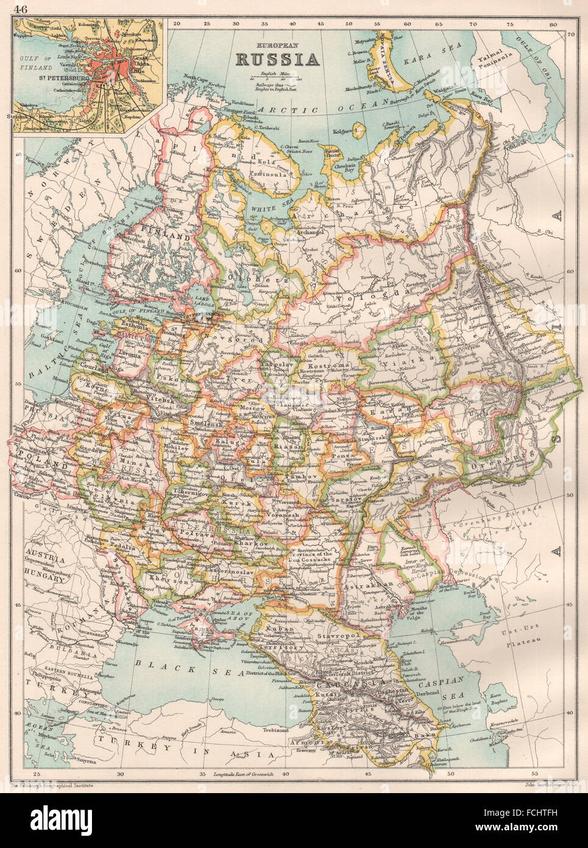
So, was incest always taboo? And how did this intense repulsion toward close-kin intimacy come to be? The answer isn’t a straightforward yes or no — it’s layered, scientific, cultural, and surprisingly human.
First thing first: incest as a prohibition is practically universal. Virtually every society has rules against it, although they differ on what counts as incest. Yet, this taboo isn’t just a cultural quirk developed over time; rather, it appears hard-wired into human nature with deep evolutionary roots. Intrigued? Let’s dive in.
Incest: Born from Biology or Culture?
The age-old question of whether the incest taboo has a biological or cultural origin has taxed anthropologists for decades. The French anthropologist Claude Lévi-Strauss famously proposed a cultural origin theory. His alliance theory argues that prohibiting incest encourages gene mixing by promoting social ties between different families — essentially making society work through exogamy (marrying outside the family). In Lévi-Strauss’ view, civilization itself sprung from avoiding family snuggles, sparking networks of alliances and communal relationships.
But there’s another camp: the biological perspective. Back in the late 19th and early 20th centuries, even Sigmund Freud touched on incest’s psychic complexity. Today, science radically leans toward biology, identifying a psychological mechanism called the Westermarck hypothesis.
The Westermarck Hypothesis: Why We’re Programmed to Say No
The Westermarck hypothesis posits that humans evolved a built-in “sexual desensitizer” for those individuals they grow up close to during early childhood, typically their siblings and close kin. This isn’t just a social convention — it’s a way nature preserves genetic health.
Why? Because inbreeding tends to stir trouble. It increases the chance of recessive harmful alleles pairing up, which can lead to birth defects or reduced fitness of offspring. From an evolutionary standpoint, preventing incest reduces these risks. Let’s clarify two key reasons this mechanism evolved:
- Inbreeding harms genetic fitness by increasing the expression of deleterious genes.
- Without such a mechanism, we might actually be drawn to close genetic relatives. From a pure gene-transmission perspective, relatives share more DNA, tempting a different evolutionary path. So, the Westermarck effect counterbalances this by dampening sexual attraction among kin.
What’s the Evidence? The Biology Backs the Taboo
For skeptics thinking this is all theory, the biological explanation shows strong support:
- Universality: Nearly every culture worldwide has some version of the incest taboo. Why would every different society independently invent this rule if it were just a cultural choice? The universality implies a biological basis.
- Separation and Reunion: When close relatives grow up apart (for example, adopted siblings), they sometimes feel sexual attraction when meeting as adults. This phenomenon, called genetic sexual attraction, shows the Westermarck effect works only if proximity occurs in early childhood. If the taboo were purely cultural, knowing a person is related would stop attraction regardless of childhood contact.
- Misfiring in Non-Relatives: In controlled communal child-rearing, like Israeli kibbutzim or Taiwanese shim-pua marriages (where unrelated children were raised as siblings or betrothed early), participants rarely marry each other or report sexual interest. Here, the effect suppresses attraction between people raised as kin, even when no actual blood relation exists, underscoring the psychological wiring.
Were There Ever Arguments Supporting Incest?
In truth, for the vast majority of human history and societies, incest has been taboo without much public debate. The argument against incest has usually been simple: “It’s just not done.”
However, exceptions exist. Some royal lines like the ancient Incas mandated sibling marriages. Why? To keep power and wealth tightly held within the family, ignoring biological risks. For them, social and political priorities trumped genetic risks — illustrating that cultural factors can sometimes override biology.
Elsewhere, incest was used as a weapon in political and social mudslinging. Take 18th-century France: accusations of incest were among the most vicious slanders. Marie-Antoinette faced false charges of incest, stirring public horror. Her dignified silence highlighted how universally repulsive the idea was, creating a powerful social stigma. The fact that such accusations could ruin reputations and yearly rack up angry mobs indicates just how strongly entrenched the taboo was, regardless of legal proof.
And the Modern Scientific Argument?
The widely accepted scientific argument today is that incest causes birth defects — a discovery relatively recent in human history. Despite this, societies had a strong taboo long before genetics and biology clarified the risks. This suggests older, perhaps instinctual, arguments for avoiding incest existed way before science could explain why.
Put simply, even if our ancestors didn’t understand recessive genes or genetics, they recognized the *results*: unhealthy children, failed lineages, and social chaos.
Levi-Strauss and the Cultural Function of Incest Taboo
Still, Levi-Strauss’s point about culture is important. The incest taboo, whether biologically driven or not, sparks the formation of broader social ties. By restricting family intimacy to non-sexual boundaries, humans expanded their societal circles. This created alliances, networks, and cooperation impossible in isolated family units.
One could say that incest taboo didn’t just keep genes healthy; it built culture itself.
Wrapping Up: Taboo’s Complex Tale
So was incest always taboo? The answer likely lies in the blend of biology and culture. The incest taboo is not simply a historical accident or a random moral rule. It’s deeply rooted in evolved psychological mechanisms that prevent inbreeding.
Culture has layered itself on top, reinforcing and fine-tuning these instincts, sometimes pushing extremely unusual exceptions like royal sibling marriages or using incest accusations for political ends.
Ever wonder why something as primal as family ties grew to include a strict line you cannot cross? It’s because skipping over that line could mean the end of families, communities, and even entire societies.
Practical Takeaways
- **Respecting the taboo is more than tradition; it’s evolution’s design to protect our health and species continuity.**
- Be aware that social constructs like family extend beyond genes; cultural rules shape relationships and societal function too.
- When encountering cultural variations on incest definitions, understand the taboo’s biological core still plays a role.
Ultimately, the incest taboo is an intersection where biology and culture meet, crafting one of the oldest and most universal rules of human society.
